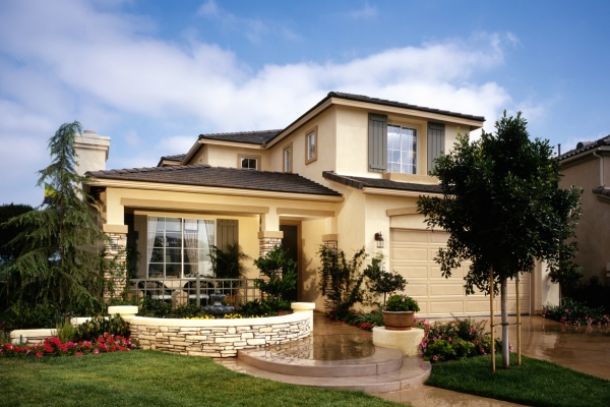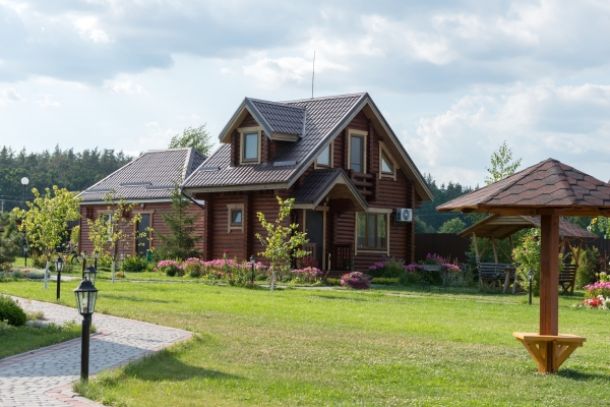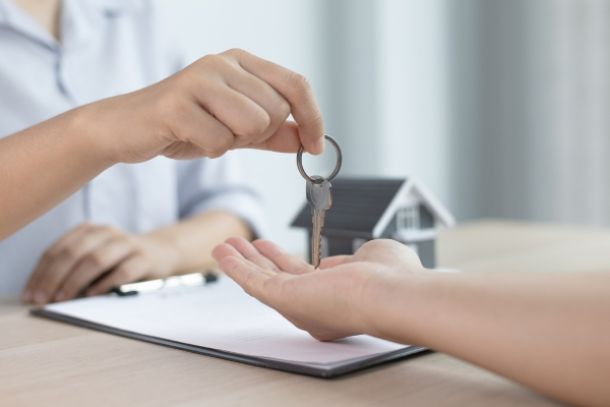Modern Approaches to DIY Wooden Construction
Modern Approaches to DIY Wooden Construction
Innovative technology and new methodologies have transformed the landscape of DIY wooden construction. Modern approaches allow builders to streamline the building process, improve accuracy, and reduce waste—all while preserving the natural charm and sustainability of wood. This article explores cutting-edge techniques, digital tools, and eco-friendly practices that are reshaping how DIY wooden houses are constructed today.
Introduction
The DIY construction scene is evolving rapidly. In the past, building a wooden home largely depended on traditional craftsmanship and manual labor. Today, modern approaches incorporate digital design, prefabrication, and sustainable methods, which not only accelerate the building process but also enhance quality and efficiency. Embracing these innovations can make your DIY project more manageable and yield a home that is both durable and energy-efficient.
Digital Design and Planning
Advanced Software Tools:
One of the most significant modern advancements is the use of computer-aided design (CAD) software. Digital design tools enable you to create detailed blueprints, 3D models, and even virtual walkthroughs of your future home. This precision helps in visualizing complex structures and facilitates quick modifications before construction begins, reducing costly mistakes later on.
Simulation and Energy Modeling:
Modern construction techniques include simulation tools that allow you to model energy consumption, thermal performance, and environmental impact. By simulating different design scenarios, you can optimize insulation, window placements, and roofing angles for improved energy efficiency. These insights ensure that your wooden house meets both aesthetic and functional standards.
Collaborative Platforms:
Online collaboration tools and DIY communities provide platforms for sharing designs, discussing challenges, and obtaining feedback from experts worldwide. Digital collaboration not only accelerates problem-solving but also introduces you to innovative ideas that you might not encounter otherwise.
Modular and Prefabricated Construction
Prefabrication Benefits:
Modular construction techniques are increasingly popular in DIY projects. Prefabricated components, such as wall panels, roof trusses, and floor systems, are built in controlled environments and then assembled on-site. This method offers several advantages:
- Time Efficiency: Reduced on-site construction time minimizes exposure to weather delays.
- Quality Control: Factory settings ensure precision and consistency in components.
- Reduced Waste: Prefabrication often leads to optimized material usage and less onsite waste.
Hybrid Methods:
Combining traditional timber framing with prefabricated elements creates a hybrid system that leverages the best of both worlds. For instance, you can use prefabricated wall sections for speed while retaining handcrafted joinery details for aesthetic appeal. This hybrid approach supports a balance between modern efficiency and traditional charm.
Sustainability and Eco-Friendly Practices
Sustainable Material Sourcing:
Modern DIY builders are increasingly focusing on sustainability. Choose wood that is sustainably harvested or reclaimed to reduce environmental impact. Innovations in wood treatment now offer eco-friendly preservatives and finishes that protect the material without releasing harmful chemicals.
Energy-Efficient Designs:
Incorporate passive solar design, high-performance insulation, and energy-efficient windows and doors to create a house that uses less energy for heating and cooling. Digital tools can help optimize these elements, ensuring that your design capitalizes on natural light and airflow.
Renewable Energy Integration:
Consider integrating renewable energy systems such as solar panels or small wind turbines into your design. These additions not only lower your energy bills but also contribute to a lower carbon footprint, making your project more sustainable in the long run.
Modern Tools and Techniques on Site
Power Tools and Automation:
Modern power tools, including cordless saws, drills, and laser measuring devices, have revolutionized the on-site construction process. These tools improve precision, speed up assembly, and reduce physical strain. Automation in cutting and assembling wood can further enhance efficiency and accuracy.
Digital Measurement and Leveling:
Laser levels, digital angle finders, and other advanced measurement tools ensure that each component of your structure is aligned perfectly. This precision minimizes errors that could compromise the integrity of the wooden frame, leading to a sturdier, more reliable structure.
Smart Home Integration:
Modern wooden homes are increasingly incorporating smart technologies. Automated lighting, climate control, and security systems can be integrated into the design from the outset, enhancing both convenience and energy efficiency. These systems work in tandem with the building’s design, providing real-time feedback and adjustments to optimize performance.
Challenges and Solutions
Adapting Traditional Methods:
While modern techniques offer many benefits, they must be integrated carefully with traditional methods. Adapting handcrafted details to digital designs requires a thoughtful approach. Regularly reviewing plans and prototypes helps ensure that modern tools enhance rather than detract from the artisanal quality of the build.
Balancing Cost and Innovation:
Advanced tools and prefabrication methods may have higher initial costs, but the long-term savings in time and material waste often justify the investment. Budgeting for these modern approaches can be challenging; however, considering the efficiency gains and reduced risk of costly errors, many DIY builders find that the upfront investment pays off over time.
Conclusion
Modern approaches to DIY wooden construction represent a fusion of tradition and technology. By leveraging digital design, modular construction, sustainable materials, and advanced on-site tools, DIY builders can create wooden homes that are both beautiful and highly functional. These innovative methods not only streamline the construction process but also open up new possibilities for design, energy efficiency, and long-term durability. Embrace these modern techniques and allow your creativity to flourish, building a wooden home that meets the demands of contemporary living while preserving the timeless appeal of natural wood.


